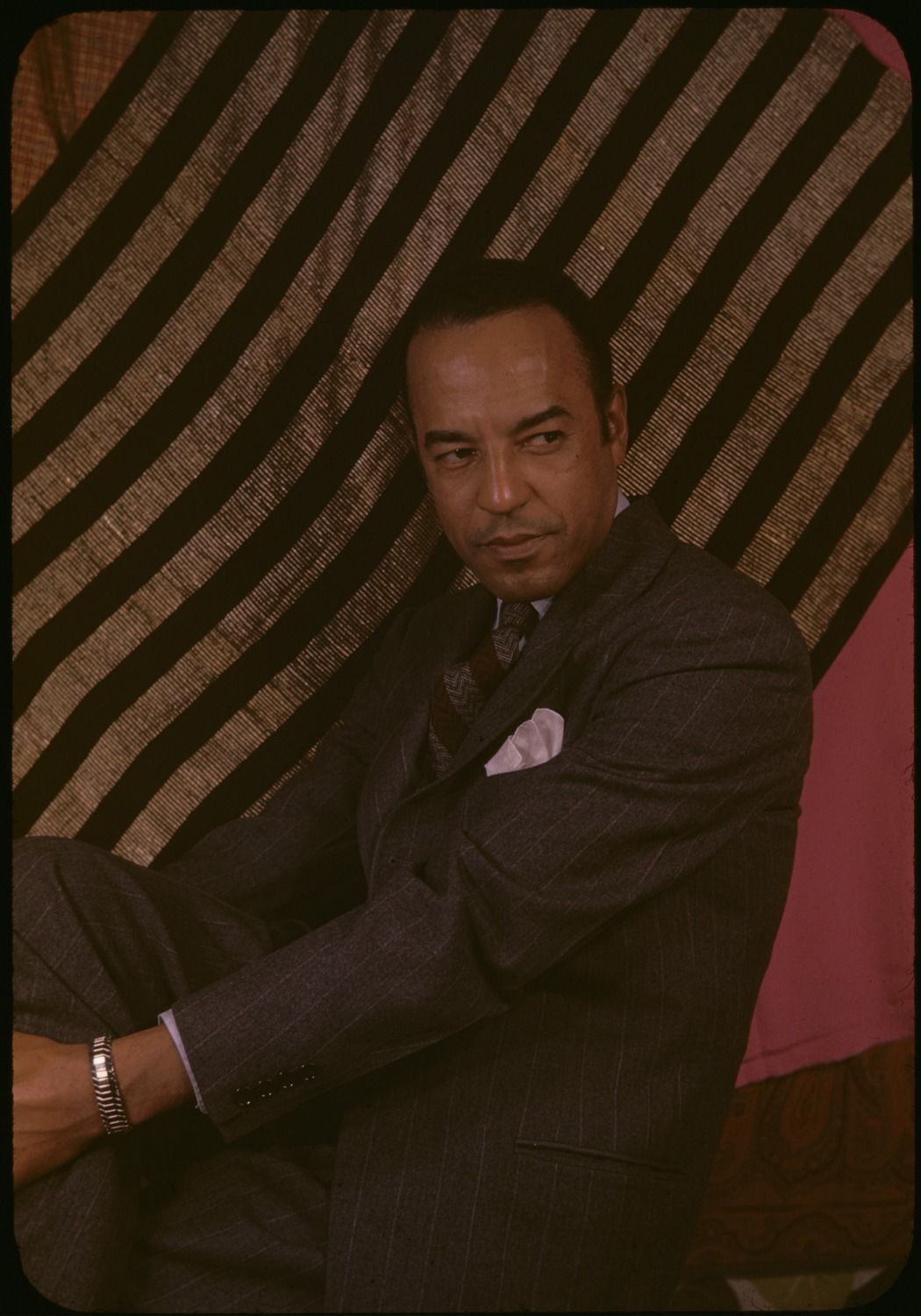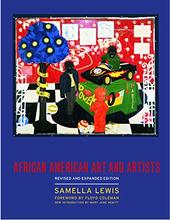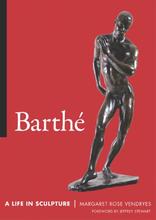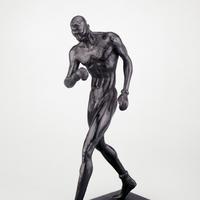More about Richmond Barthé
- All
- Info
- Shop
Works by Richmond Barthé

Contributor
James Richmond Barthe was born on January 28, 1901 in Bay St. Louis, MS.
Born to Roman Catholic Creoles, he took his father’s name as his own when he died of pneumonia when James was only a month old. As a child, Barthe naturally gravitated toward drawing as an activity. However, he inherited his father’s poor health which, coupled with his budding artistic endeavors, ended his formal education at the age of twelve. With racism part and parcel of Southern life, Barthe could not be enrolled in any of the local art schools in the state and had to learn most of his skills on his own.
By sixteen, he left home to work as a houseboy and handyman for a rich New Orleans family. He picked up oil painting with reckless abandon and, at eighteen, had his parish priest and writer for the New Orleans Picayune, Father Harry F. Kane, fund his way into the Art Institute of Chicago by 1924.
Initially, he continued to hone his skills in painting, and was exceptionally skilled at portraits. However, by his senior year, his anatomy teacher suggested that he try a work or two in sculpture after seeing his talent. His first exhibitions were at the 1927 Negro in Art Week exhibition and the April 1928 exhibition of the Chicago Art League, and it was there that Richmond Barthe the sculptor was born.
In 1929, just a few months before the market crashed, he visited to Harlem and became an involved member of a rapidly emerging black art movement, his stay funded by a Rosenwald Fellowship fund. By 1930, he made his move there permanent. Nothing’s stopping him now.
Barthe was very invested into dance as a major theme throughout his works, even taking dance lessons to better portray the grace and dexterity of his figures. It was the means by which he would explore homoerotic themes and by extension celebrate his homesexuality, as the conventions of the 1930s forced him to stay in the closet. Despite the hostile climate for queer folk, Barthe enjoyed much patronage from the white, gay elite of the Big Apple, drawing support from photographer Carl Van Vechten and Edgar Kaufmann, Jr., the man who Frank Lloyd Wright designed “Fallingwater” for.
Tired of the fame and the city life, the sculptor chose to settle in Ocho Rios, Jamaica from 1947 until 1970. From there, he took commissions from Haitian political leaders, adding an enormous equestrian statue in 1948 and a 40-ft sculpture of Toussaint L'Ouverture, Haiti’s revolutionary founder, in 1950.
After traveling further to Italy, Switzerland, and Spain, he made his final stop in Pasadena, CA in 1977. James Garner of “The Great Escape” fame would fund his work and hold his friendship until his death in March 6th, 1989. The street on which he lived was named after him in memoriam.
Sources
- Britannica, The Editors of Encyclopaedia. 2019. “Richmond Barthé.” Encyclopædia Britannica. Encyclopædia Britannica, inc. January 24, 2019. https://www.britannica.com/biography/Richmond-Barthe.
- Maglott, Stephen A. 2018. “Richmond Barthé.” Ubuntu Biography Project. January 29, 2018. https://ubuntubiographyproject.com/2018/01/29/richmond-barthe/.
Featured Content
Here is what Wikipedia says about Richmond Barthé
James Richmond Barthé, also known as Richmond Barthé (January 28, 1901 – March 5, 1989) was an African-American sculptor associated with the Harlem Renaissance. Barthé is best known for his portrayal of black subjects. The focus of his artistic work was portraying the diversity and spirituality of man. Barthé once said: "All my life I have been interested in trying to capture the spiritual quality I see and feel in people, and I feel that the human figure as God made it, is the best means of expressing this spirit in man."
Check out the full Wikipedia article about Richmond Barthé













